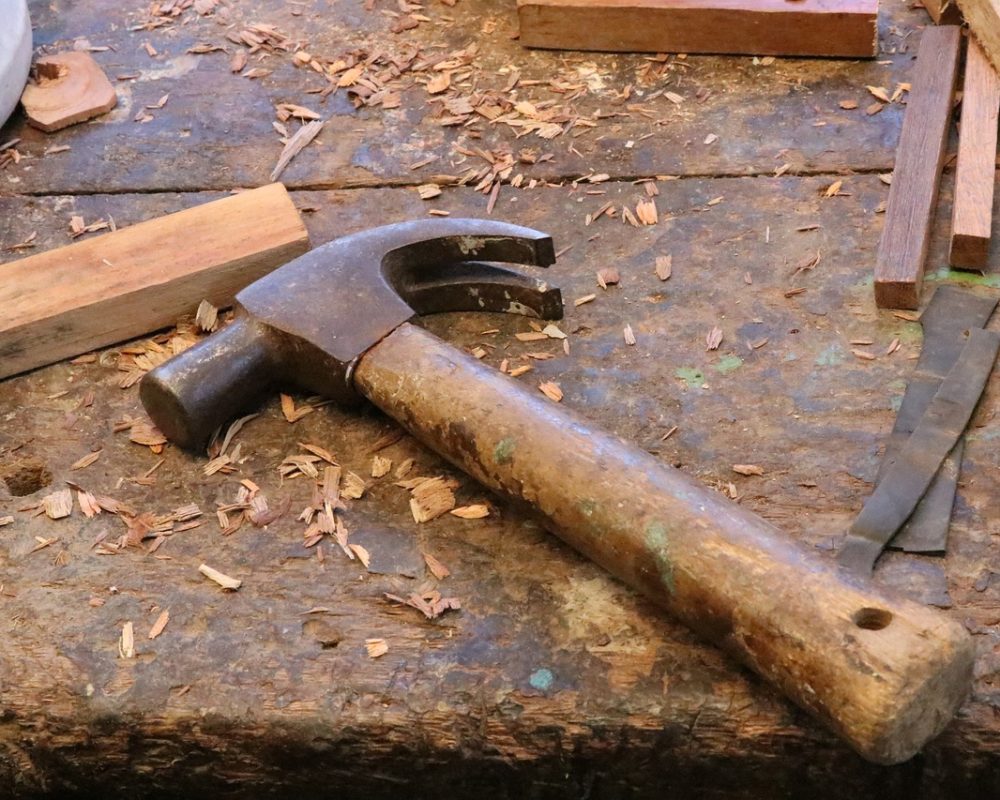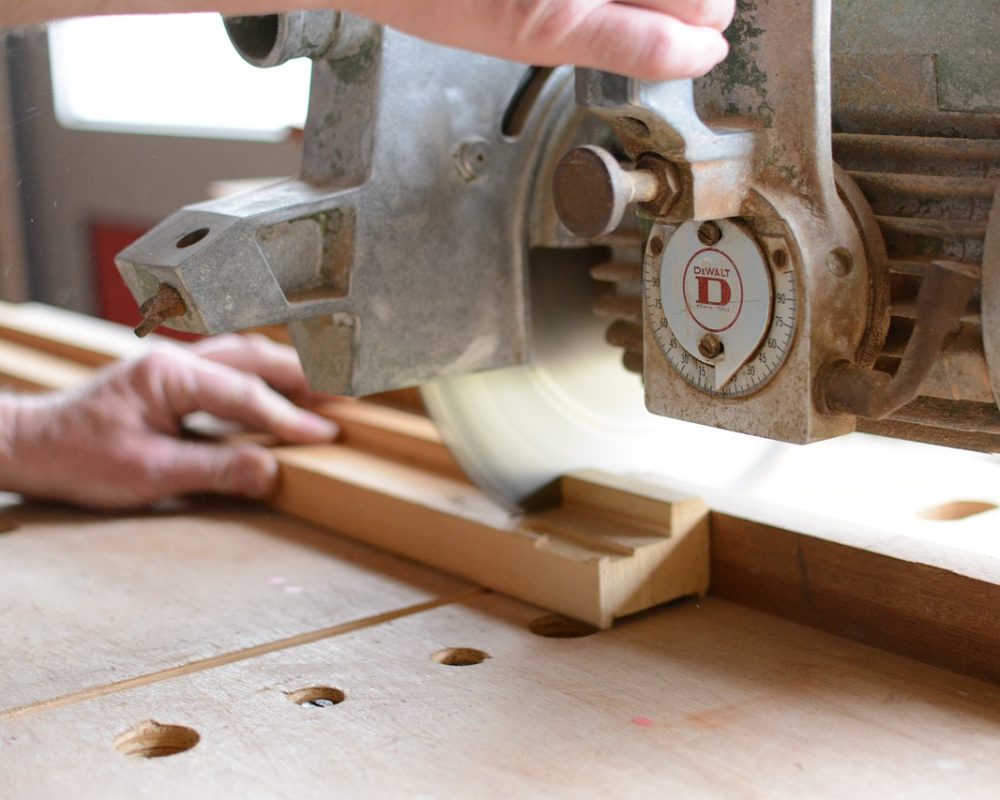Carpentry is an ancient craft that has evolved over centuries, shaping the world with structures, furniture, and intricate woodwork. While technology has introduced power tools and automated machines, the essence of carpentry remains unchanged—a harmonious balance of skill, precision, and creativity.
Carpentry, at its core, involves the construction, repair, and installation of wooden structures and furniture. While the craft may seem straightforward, it requires a deep understanding of materials, tools, and techniques to achieve precision and durability. Beginners in carpentry often start with simple projects—shelves, tables, or picture frames—that teach foundational skills, such as measuring, cutting, and joining. Learn more details about byggfirmaunhjem.

Accurate measurements are crucial in carpentry. A sturdy tape measure, a combination square, and a marking gauge are essential for ensuring precision in all your cuts and joins.
Hand saws and power saws are indispensable for cutting wood to the required dimensions. A basic handsaw, jigsaw, and circular saw should be part of any carpenter’s tool kit. Get more information about restaurering kristiansand.

Safety is paramount in carpentry, as many tools are sharp and powerful. Protective gear, such as safety goggles, ear protection, and gloves, are essential to protect yourself from wood dust, loud machinery, and sharp tools. Additionally, keeping your work area clean and organized reduces the risk of accidents. Learn more details about tilbygg kristiansand.

Not all wood is created equal. Different species of wood offer unique characteristics in terms of strength, grain pattern, and workability. Choosing the right type of wood for your project is as important as the tools and techniques you use.
Softwoods, such as pine and cedar, are easier to work with and are generally used for framing and rough carpentry. They are less expensive and widely available.
The grain pattern of wood can greatly affect the appearance of your project. Straight grain is easier to work with and offers a clean look, while wavy or irregular grains add character and complexity.
One of the most significant advancements in carpentry is the introduction of CNC (Computer Numerical Control) machines. These devices can cut, carve, and shape wood with extreme precision, making it possible to create intricate designs and repeatable patterns. While traditional carpenters might prefer the hands-on feel of manual work, CNC machines are increasingly popular for larger projects that require uniformity and speed.
As the world becomes more environmentally conscious, sustainable carpentry has emerged as a key trend. Many carpenters now focus on using reclaimed wood, which not only reduces waste but also adds a unique, rustic quality to projects. Additionally, carpenters are choosing eco-friendly finishes and adhesives that are free from harmful chemicals.
Carpentry offers numerous career opportunities, from working on construction sites to becoming a specialist in fine woodworking. Many carpenters start as apprentices, learning the trade from experienced professionals. Over time, they develop their own style and niche, whether it’s cabinetry, home renovation, or custom furniture making.
